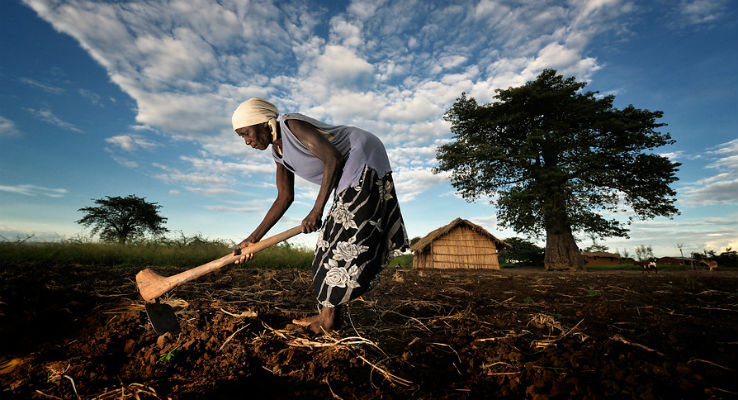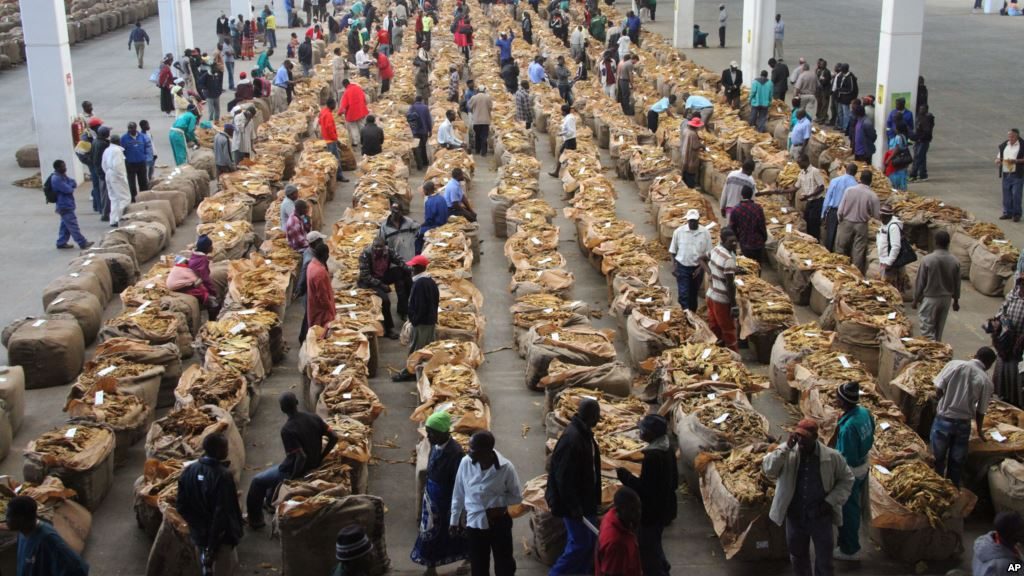PGMs output forecast to remain steady in 2025
Zimbabwe’s platinum group metals (PGMs) production is forecast to remain steady in 2025, with output forecast to increase marginally from 514 000 ounces to 512 000oz in 2024.
This comes as the global platinum market remains in deficit, with supply expected to shrink by 4 percent to 7 million ounces, according to the latest World Platinum Investment Council (WPIC) report.
This deficit is driven by weakening recycling volumes and constrained mine production, as producers in South Africa, the largest supplier, faces operational challenges.
However, Zimbabwe’s ability to maintain steady output is a testament to its resilient mining sector, even amid regional energy and economic challenges.
The global platinum market will experience its third consecutive year of supply shortfalls, with the 2025 deficit estimated at 848 000 ounces, slightly lower than 995 000 ounces in 2024.
This is largely due to investment demand, which remains robust, despite economic uncertainties.
According to WPIC, platinum’s attractiveness as an investment option is, “Growing due to the ongoing deficits, rapid depletion of above-ground stocks, and the metal’s widening discount to gold.”
WPIC notes that ETF inflows and exchange stockpiling have helped absorb market shocks, as geopolitical risks, such as potential US trade tariffs, distort normal supply chains.
However, the industrial sector is under pressure, with demand expected to drop by 14 percent to 2,12 million ounces in 2025, primarily due to a decline in chemical and glass applications.
The automotive sector remains a key driver of platinum use, but declining diesel market share in Europe is weighing on demand.
Zimbabwe, as a producer, should consider how the global market shifts could affect long-term sustainability and value chain opportunities. One of Zimbabwe’s biggest challenges for 2025 is energy security. Platinum mines rely heavily on a national power grid, which is struggling to struggle to meet growing demand.
The major concern about the reliability of power supply in Zimbabwe are limitations at Kariba Dam, where low water levels have curtailed the plant’s output.
In 2024, erratic rainfall lowered Kariba’s water reserves, reducing generation capacity.
Producers have complained that erratic and inadequate power supply weighs on viability, as they are forced to rely on more expensive alternatives like diesel generators.
Beyond the supply and demand fundamentals, policy uncertainty looms large in the local platinum industry. At the heart of the issue is a standoff between the Government and mining companies over beneficiation requirements.
Zimbabwe has been pushing for local processing and refining of PGMs to reduce the export of low-value raw concentrates.
However, miners have argued that insufficient infrastructure, unreliable power supply, and high capital costs make local beneficiation economically not viable.
If policymakers and mining companies find common ground on teething issues, including operational constraints and policy issues, the country could unlock significant long-term benefits from its vast platinum reserves.-herald












